17 Remedies For Whooping Cough: Causes And Symptoms
There are different ways to prevent whooping cough and accelerate recovery.
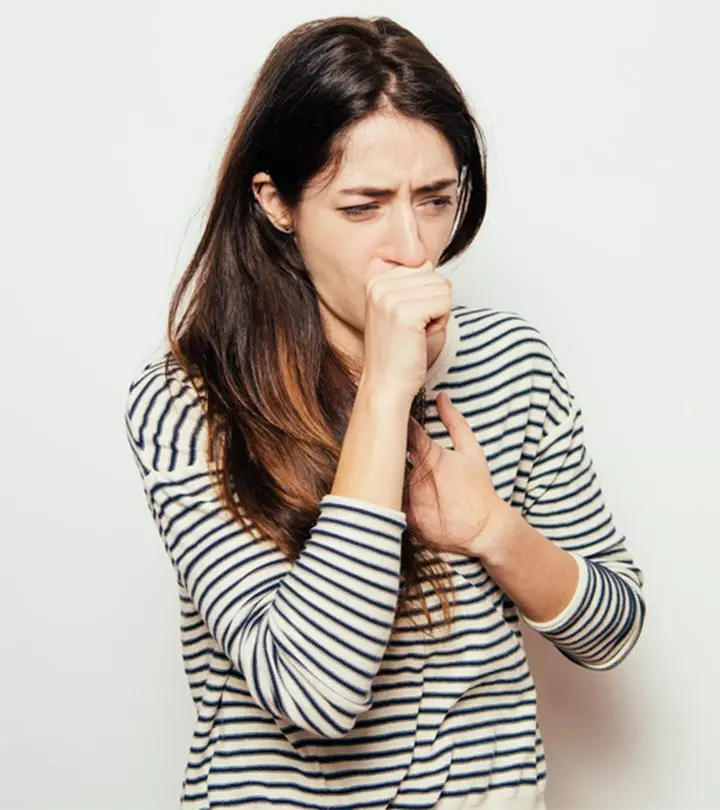
Image: Shutterstock
Whooping cough or pertussis is a highly contagious respiratory disease with a characteristic whooping sound and uncontrollable persistent coughing (1). While you wait to get it confirmed, remedies for whooping cough at home can help you get some initial relief. While whooping cough can affect adults, it is more common in infants and children, causing much distress.
The persistently uncontrollable coughing may often lead to breathing issues, pain, and discomfort. While prescribed medicines can ultimately help resolve it over time, the home remedies mentioned below can also prove effective. Read on to know more about whooping cough treatment and management at home.
In This Article
What Is Whooping Cough?
Whooping cough, scientifically known as pertussis, is a highly contagious respiratory infection caused by the bacterium Bordetella pertussis. It typically begins with symptoms resembling a common cold but progresses to severe and prolonged coughing fits. These are characterized by a distinctive “whooping” sound when the person tries to inhale, which gives the disease its name.
Gwen Brown, a blogger, recounts a scary episode where whooping cough has affected her family. On the second day, the baby’s cough took a grave turn. She writes, “The really scary thing is, my babe was the last of the four kids to get the ‘bad cough.’ Up to that point, we really had only thought of it as a cold with a bad, lingering cough (i).” With further research into the observed symptoms, she came to the realization, “We had lived with it for a couple of months, unaware.”
Whooping cough is especially concerning for infants, as it can be life-threatening for them. It spreads easily through respiratory droplets from coughs and sneezes, making vaccination crucial for prevention. Vaccines like DTaP and Tdap are effective in controlling its transmission. In older children and adults, whooping cough can lead to complications such as broken ribs and pneumonia. Early diagnosis, antibiotics, and isolation are important in managing this infectious disease.
Whooping cough may cause serious complications, such as pneumonia, seizures, and even death, if left untreated, especially in infants. These risks emphasize how important it is to get medical help as soon as you notice any symptoms.
Home remedies may help ease the pain and discomfort of whooping cough to a certain extent. Know more about them in the section below.
Key Takeaways
- Essential oils like peppermint oil and eucalyptus oil fight bacteria and soothe a sore throat when rubbed on the chest or inhaled for 2 minutes.
- Ginger and garlic fight bacteria and reduce whooping cough when taken with honey.
- Green tea and elderberry syrups are good sources to kill bacteria and inhibit the reactions of oxygen in combating whooping cough.
- Gargle with salt water to treat whooping cough.
How To Treat Whooping Cough Naturally
1. Essential Oils
a. Peppermint Oil
Peppermint oil has antibacterial, antiseptic, and antispasmodic effects
(2), (3). This may prove beneficial in the treatment of whooping cough and its symptoms.
You Will Need
- 1-2 drops of peppermint oil
- 1 tablespoon of any carrier oil like coconut or olive oil
What You Have To Do
- Mix peppermint oil with a carrier oil of your choice.
- Apply this mixture on your chest and back.
- Alternatively, you can also add a drop of peppermint oil to hot water and inhale the steam.
How Often You Should Do This
Do this 1-2 times a day.
b. Eucalyptus Oil
Eucalyptus oil has traditionally been used to treat disorders of the respiratory tract, like bronchitisi An inflammation that affects the airflow through the respiratory tract due to discolored mucus buildup from a cold or other respiratory infections. , pharyngitisi Also known as sore throat, it is caused due to the inflammation of the pharynx (the throat) leading to pain, irritation, and a burning sensation, often a result of a cold or the flu. , and sinusitisi An inflammation that affects the nasal cavity with leading to swelling with mucus as a result of a cold or any type of allergy. (4). Hence, it may help in relieving the symptoms of whooping cough.
You Will Need
- 1-2 drops of eucalyptus oil
- 1 tablespoon of any carrier oil like coconut or olive oil
What You Have To Do
- Mix eucalyptus oil with any carrier oil.
- Apply this blend to your chest and back.
- You can also add a drop of eucalyptus oil to some hot water and inhale the steam.
How Often You Should Do This
Do this 2 times a day.
2. Vitamin C
Vitamin C is one of the best ways to treat whooping cough (5), (6). Babies up to 6 months of age receive the required amounts of vitamin C through breast milk. For children older than 6 months, vitamin C intake may be increased through their diet. Adults require around 70 to 90 mg of vitamin C on a daily basis, while infants require about 40 mg of the same. Although you can opt for vitamin C supplements, it is a better option to increase its intake naturally via your diet.
3. Onion
Onions exhibit antibacterial activities (7). This may help in treating whooping cough and also improve overall immunity.
You Will Need
- 1 medium-sized onion
- 1/4 cup of honey
What You Have To Do
- Peel and cut the onion into small pieces.
- Mash these pieces and add honey to this.
- Let this mixture sit overnight.
- Consume a teaspoon of this every few hours.
How Often You Should Do This
Do this multiple times a day.
4. Garlic
Garlic contains a compound called allicin that exhibits antibacterial activities
(8). These properties of garlic may be used to combat the bacteria that cause whooping cough (9). Thus, it is one of the best herbal remedies for this respiratory infection.
You Will Need
- 3-4 cloves of garlic
- Honey (optional)
What You Have To Do
- Smash the garlic cloves.
- Extract the juice from the smashed garlic and consume this daily.
- You can also add honey for flavor.
How Often You Should Do This
Do this 2-3 times a day.
5. Turmeric
Turmeric contains a compound called curcumin that has antimicrobial properties
(10). Turmeric can help treat whooping cough and shortness of breath (11).
You Will Need
- 1 teaspoon of turmeric
- 1 glass of hot milk
What You Have To Do
- Add a teaspoon of turmeric to a glass of hot milk. Mix well.
- Consume this daily.
How Often You Should Do This
Do this 2 times a day.
6. Ginger
Ginger is a natural expectorant and contains a compound called gingerol.
The gingerol possesses strong antibacterial properties (12). These properties of ginger may help in combating whooping cough.
You Will Need
- 1-2 inches of ginger
- Honey (optional)
What You Have To Do
- Mince the ginger to make a paste.
- Extract the juice from the minced ginger and consume it daily.
- You can also add honey for flavor.
How Often You Should Do This
Do this 2 times a day.
7. Elderberry Syrup
Elderberry syrup possesses antibacterial properties and chemical compounds that boost immunity (13), (14). It is one of the best immune boosters that may help in treating whooping cough and cold.
You Will Need
- 1 teaspoon of elderberry syrup
- 1 cup of any fruit juice or warm water
What You Have To Do
- Add elderberry syrup to a cup of fruit juice or warm water.
- Consume this daily.
How Often You Should Do This
Do this 3 times a day for a week.
8. Green Tea
Green tea contains catechins and polyphenols that possess strong antibacterial, antiviral, and antioxidant properties (15), (16). These may help in killing the bacteria that cause whooping cough.
You Will Need
- 1 teaspoon of green tea leaves
- 1 cup of hot water
- Honey (optional)
What You Have To Do
- Steep the green tea leaves in a cup of hot water for 5 to 10 minutes.
- Add honey for flavor and consume the tea before it turns cold.
How Often You Should Do This
Do this 2-3 times a day.
9. Salt Water
Several studies have found that using salt water is beneficial for cold and cough (17). Hence it may help in treating whooping cough.
You Will Need
- 1-2 teaspoons of salt
- 1 cup of hot water
What You Have To Do
- Mix a teaspoon of salt in a cup of hot water.
- Gargle with this water.
How Often You Should Do This
Do this once a day.
10. Humidifier
Keeping the environment relatively moist reduces the intensity and severity of cough (18). Installing a humidifier in the room of the infected individual may help in treating whooping cough. Additionally, adding essential oils to the humidifier may be beneficial.
11. Oregano
Oregano is a natural expectorant that has antibacterial properties (19). This may help in treating whooping cough.
You Will Need
- 4-5 drops of oregano oil
- 1 tablespoon of any carrier oil like coconut oil
What You Have To Do
- Mix a few drops of oregano oil with any carrier oil.
- Rub this mixture on your chest and back.
- Alternatively, you can also add 4-5 drops of oregano oil to hot water and inhale the steam or consume oregano tea.
How Often You Should Do This
Do this 1-2 times a day.
12. Honey
Studies have found honey to be helpful in treating cough in children (20). Hence, it may also help in treating the symptoms of whooping cough.
You Will Need
- 1 tablespoon of organic honey
- 1 cup of warm water
What You Have To Do
- Add organic honey to a cup of warm water and mix well.
- Consume this mixture daily.
How Often You Should Do This
Do this 2-3 times a day.
13. Lemon
Lemon is a rich source of vitamin C and possesses antibacterial properties (21). These properties may be effective in treating whooping cough. Consuming honey and lemon for cough may provide instant relief and soothe your irritated throat.
You Will Need
- 1/2 lemon
- 1 glass of water
- Honey (optional)
What You Have To Do
- Squeeze half a lemon into a glass of water.
- Add honey for flavor and consume daily.
How Often You Should Do This
Do this 2-3 times a day.
14. Licorice
Licorice contains glycyrrhizic acid (22). This compound exhibits immune boosting activities. It also works as a demulcent and helps in accelerating the healing of tissues damaged by persistent coughing (23). This may help in treating whooping cough.
You Will Need
- 1 teaspoon of licorice root
- 1 cup of water
- Honey (optional)
What You Have To Do
- Steep the licorice in a cup of hot water for 5-10 minutes.
- Strain and consume this tea before it turns cold.
- You can also add honey for flavor.
How Often You Should Do This
Do this 2-3 times a day.
15. Almonds
The polyphenols present in the skins of almonds exhibit antibacterial properties (24). This may help in fighting the bacteria that cause whooping cough.
You Will Need
- 6-7 almonds
- 1/2 teaspoon of butter
What You Have To Do
- Soak some almonds in water overnight.
- Grind them the next morning with butter.
- Consume this mixture.
How Often You Should Do This
Do this 2-3 times a day.
16. Chamomile
Chamomile has anti-inflammatory and antiphlogistic (ability to reduce inflammation) properties (25). This may help in relieving fever and inflammation associated with whooping cough.
You Will Need
- 1-2 teaspoons of dried chamomile
- 1 cup of water
- Honey (optional)
What You Have To Do
- Steep two teaspoons of chamomile herb in a cup of hot water for 5 to 10 minutes.
- Strain and add honey for flavor.
- Consume the tea before it turns cold.
How Often You Should Do This
Do this 2-3 times a day.
17. Saffron
Saffron acts as an expectorant and is also an antibacterial (26). This may help in treating whooping cough.
You Will Need
- 6 saffron strands
- 1 cup of warm water
- Honey (optional)
What You Have To Do
- Soak the saffron strands in a cup of warm water for 5-10 minutes.
- Add honey for flavor and consume this daily.
How Often You Should Do This
Drink this 2 times a day.
You can also add thyme extract or essential oil to the above remedies. It is often used to soothe respiratory issues like bronchitis, whooping cough, and sore throat (27).
 Trivia
TriviaAll these natural remedies can help relieve the symptoms of whooping cough for you and your little one. However, you must use them in moderation.
While whooping cough symptoms can be managed with natural remedies, it is also important to explore conventional treatments to aid faster recovery. Learn more about this in the next section.
Conventional Treatments For Whooping Cough
Apart from home remedies, conventional therapies, such as antibiotics, are necessary to effectively fight the Bordetella pertussis infection. Consult a medical practitioner for an accurate diagnosis and treatment plan. This is especially required for those with other medical issues.
In addition to the conventional treatments, you may also follow the tips mentioned below to prevent the recurrence of the infection.
Preventive Tips
Prevention of whooping cough is possible if you:
- Maintain basic hygiene by washing hands before eating and covering the mouth and nose while sneezing.
- Practice yoga and exercises to strengthen the lungs and improve breathing.
- Practice breathing exercises to improve the functioning of the lungs.
- Follow a proper diet that includes all the important minerals and vitamins needed for the body to recover soon.
- Try to stay as dry and warm as possible to avoid further health complications.
- Take ample amounts of rest to enable the body to recover faster.
- Stay away from allergens, such as dust and pollen, that can worsen the condition.
- Take appropriate zinc supplements and include probiotics in your diet. They may help relieve respiratory problems (28), (29).
- Avoid processed foods.
- Consume fresh fruits, milk, eggs, and ginger tea.
- Maintain optimal hydration levels by drinking enough water and fruit juices. This can ease the dryness in the throat.
These preventive tips may help in increasing the efficiency of the treatments against whooping cough, and this, in turn, may accelerate recovery. Once you have recovered, take precautions to avoid chances of reinfection.
In case you are afflicted with whooping cough, the following tips may help you:
- Steam inhalation may help expel excess mucus and clear the airways.
- Take cough suppressants and OTC cough medicines to soothe your cough.
- Consult your doctor for the appropriate medical treatment and follow the prescribed course of antibiotics.
If left untreated, whooping cough may cause drastic side effects in the long run.
Long-Term Effects Of Whooping Cough
Most adults and teens may recover from whooping cough without much complication. But the scenario is quite different in the case of infants under 6 months, and the complications are much severe. The long-term side effects of whooping cough in infants are as follows:
- Pneumonia
- Decreased breathing ability
- Weight loss and dehydration
- Damage to the brain
- Seizures
It is a dangerous disease for children due to their inability to manage its symptoms.
It is essential for people, especially newborns and young children, to schedule follow-up visits with healthcare providers after recovering. This ensures that any remaining symptoms are properly treated and that overall health is tracked, avoiding long-term issues.
According to the Centers for Disease Control and Prevention (CDC), The incidence of whooping cough was 72.3 infants per 100,000 (less than 6 months), 32.7 infants per 100,000 (6 months to 12 months), and 1.4 persons in adults (more than 20 years) in 2018.
 Trivia
TriviaLet us now look at the causes of this infectious condition.
Causes Of Whooping Cough
Whooping cough is caused by Bordetella pertussis bacteria. These contagious bacteria are the sole cause of this infection in both adults and infants (31). When the cough droplets dispersed by an infected individual are inhaled by an uninfected individual or child, it leads to whooping cough in the latter as well.
The onset of the infection is accompanied by a series of symptoms that may vary in their severity.
Signs And Symptoms Of Whooping Cough
The symptoms of whooping cough are almost similar in both adults and babies, with only slight variations.
In Adults
- Violent and rapid coughing, sometimes followed by puking
- Fever
- Intermittent sneezing
- Nasal discharge
- Watery eyes
In Infants
- Runny nose
- Low fever
- Mild cough and sneezing
- Infants under the age of one may turn blue when breathing becomes difficult.
- Vomiting
The symptoms are often mild in the beginning but turn severe with time. This bacterial infection may have dangerous consequences if not treated immediately.
Infographic: Easy DIY Remedies To Treat Whooping Cough
Whooping cough is a contagious respiratory disease that involves persistent coughing and breathing issues. It is common in infants but occurs even in adults. Some simple home remedies can help ease the condition. Check out the infographic below for more information.

Illustration: StyleCraze Design Team
Whooping cough, a contagious respiratory disease characterized by persistent coughing with a whooping sound, is most common in infants and children. It is caused by the bacteria Bordetella pertussis and leads to symptoms such as fever, vomiting from violent fits of coughing, runny nose, and sneezing. Remedies for whooping cough include natural ingredients like lemon, essential oils, ginger, turmeric, green tea, garlic, honey, elderberry syrup, oregano, and licorice. Untreated whooping cough may lead to complications. The next time you wonder how to stop coughing, no matter the type, try some home remedies listed above. While home remedies provide symptomatic relief and may facilitate healing, it is essential to contact your healthcare provider before deciding on a line of treatment.
Frequently Asked Questions
What is the difference between a cough and whooping cough?
Coughing is usually a reflex action to any foreign substance or mucus in the throat that only lasts for some time. But whooping cough is characterized by continuous bouts of coughing until the lungs are emptied, and this is usually followed by a ‘whooping’ sound when an individual tries to inhale.
What are the pros and cons of taking a whooping cough vaccine during pregnancy?
Pregnant women need to take the whooping cough vaccine during the third trimester of their pregnancy. This is to ensure the protection of their baby against whooping cough in the first few critical months after birth. However, in some rare cases, infant deaths from whooping cough have been reported in spite of vaccinating their mothers.
What are the three stages of whooping cough?
The course of whooping cough is usually classified into three stages:
- The first stage is the catarrhal or runny nose stage. This stage lasts for almost two weeks and is often accompanied by occasional coughs, sneezing, and nasal congestion.
- The second stage is the paroxysmal stage. This stage varies in its duration and could last anywhere from 1 to 10 weeks. The paroxysmal stage is often characterized by continuous and intense bouts of coughing. This stage could prove fatal for newborns as the drawn-out coughing sessions could leave them breathless.
- The third and final stage is the convalescent stage that can last from weeks to months. It is during this stage that the chronic coughing sessions become less paroxysmal, and the affected individual starts to recover.
Is whooping cough worse at night?
Yes, whooping cough is often worse at night. The lengthy coughing fits can disturb your sleep and leave you feeling tired.
How do you test for whooping cough?
The doctor will perform a nasal or throat culture to check for the Bordetella pertussis bacteria. The germs can be detected with a quick swab of the region where your nose and throat connect.
Learn how to treat whooping cough naturally with Ayurvedic remedies. Discover simple and effective ways to reduce symptoms and get relief by watching the video below.
Personal Experience: Source
StyleCraze's articles are interwoven with authentic personal narratives that provide depth and resonance to our content. Below are the sources of the personal accounts referenced in this article.
i. The Whoop Dee Doo about Whooping Coughhttps://articles.beeyoutiful.com/2014/04/07/the-whoop-dee-doo-about-whooping-cough/
References
Articles on StyleCraze are backed by verified information from peer-reviewed and academic research papers, reputed organizations, research institutions, and medical associations to ensure accuracy and relevance. Read our editorial policy to learn more.
- Stock I. “Pertussis (Whooping cough)–an update.”Medizinische Monatsschrift fur Pharmazeuten 38.12 (2015): 484-488.
https://pubmed.ncbi.nlm.nih.gov/26837155/ - Singh Rajinder Muftah AM Shushni and Asma Belkheir. “Antibacterial and antioxidant activities of Mentha piperita L.”Arabian Journal of Chemistry 8.3 (2015): 322-328.
https://www.sciencedirect.com/science/article/pii/S1878535211000232 - Thosar Nilima et al. “Antimicrobial efficacy of five essential oils against oral pathogens: An in vitro study.” European journal of dentistry vol. 7 Suppl 1 (2013): S071-S077.
https://www.ncbi.nlm.nih.gov/pmc/articles/PMC4054083/ - Elaissi Ameur et al. “Chemical composition of 8 eucalyptus species’ essential oils and the evaluation of their antibacterial antifungal and antiviral activities.” BMC complementary and alternative medicine vol. 12 81.
https://www.ncbi.nlm.nih.gov/pmc/articles/PMC3475086/ - Gairdner Douglas. “Vitamin C in Treatment of Whooping-cough.”British medical journal 2.4057 (1938): 742.
https://www.ncbi.nlm.nih.gov/pmc/articles/PMC2210412/ - Ormerod M. J. and Byron M. Unkauf. “Ascorbic Acid (Vitamin C) Treatment of Whooping Cough.”Canadian Medical Association Journal 37.2 (1937): 134.
https://www.ncbi.nlm.nih.gov/pmc/articles/PMC1562195/ - Zohri Abdel-Nasser Khayria Abdel-Gawad and Sabah Saber. “Antibacterial antidermatophytic and antitoxigenic activities of onion (Allium cepa L.) oil.”Microbiological research 150.2 (1995): 167-172.
https://www.sciencedirect.com/science/article/pii/S0944501311800522 - Marchese Anna et al. “Antifungal and antibacterial activities of allicin: A review.”Trends in Food Science & Technology 52 (2016): 49-56.
https://www.sciencedirect.com/science/article/abs/pii/S0924224416300073 - Das Sukta. “Garlic—a natural source of cancer preventive compounds.”Asian Pac J Cancer Prev 3.4 (2002): 305-11.
https://www.researchgate.net/profile/Sukta_Das/publication/10786836_Garlic_-_A_Natural_Source_of_Cancer_Preventive_Compounds/links/02bfe50e1350a9043f000000.pdf - Zorofchian Moghadamtousi Soheil et al. “A review on antibacterial antiviral and antifungal activity of curcumin.”BioMed research international 2014 (2014).
https://www.hindawi.com/journals/bmri/2014/186864/ - Shrishail Duggi et al. “Turmeric: Nature’s precious medicine.” Asian Journal of Pharmaceutical and Clinical Research 6.3 (2013): 10-16.
https://www.researchgate.net/publication/301494390_Turmeric_Nature’s_precious_medicine - Park Miri Jungdon Bae and Dae‐Sil Lee. “Antibacterial activity of [10]‐gingerol and [12]‐gingerol isolated from ginger rhizome against periodontal bacteria.”Phytotherapy Research: An International Journal Devoted to Pharmacological and Toxicological Evaluation of Natural Product Derivatives 22.11 (2008): 1446-1449.
https://pubmed.ncbi.nlm.nih.gov/18814211/ - Tiralongo Evelin Shirley S. Wee and Rodney A. Lea. “Elderberry supplementation reduces cold duration and symptoms in air-travellers: a randomized double-blind placebo-controlled clinical trial.”Nutrients 8.4 (2016): 182.
https://www.ncbi.nlm.nih.gov/pmc/articles/PMC4848651/ - Mohammadsadeghi Shahin et al. “The antimicrobial activity of elderberry (Sambucus nigra L.) extract against gram positive bacteria gram negative bacteria and yeast.”Research Journal of Applied Sciences 8.4 (2013): 240-3.
https://medwelljournals.com/cgi-sys/suspendedpage.cgi?doi=rjasci.2013.240.243 - Taylor Peter W. Jeremy MT Hamilton-Miller and Paul D. Stapleton. “Antimicrobial properties of green tea catechins.”Food science and technology bulletin 2 (2005): 71.
https://www.ncbi.nlm.nih.gov/pmc/articles/PMC2763290/ - Chan Eric WC et al. “Antioxidant and antibacterial properties of green black and herbal teas of Camellia sinensis.”Pharmacognosy research 3.4 (2011): 266.
https://www.ncbi.nlm.nih.gov/pmc/articles/PMC3249787/ - Moyad Mark A. “Conventional and alternative medical advice for cold and flu prevention: what should be recommended and what should be avoided?.”Urologic nursing 29.6 (2009): 455-458.
https://pubmed.ncbi.nlm.nih.gov/20088240/ - Jung Tae Hyeng et al. “The effect of the humidifier on sore throat and cough after thyroidectomy.”Korean journal of anesthesiology 61.6 (2011): 470.
https://www.ncbi.nlm.nih.gov/pmc/articles/PMC3249568/ - Béjaoui Afef et al. “Essential oil composition and antibacterial activity of Origanum vulgare subsp. glandulosum Desf. at different phenological stages.” Journal of medicinal food vol. 1612 (2013): 1115-20.
https://www.ncbi.nlm.nih.gov/pmc/articles/PMC3868303/ - Goldman Ran D. “Honey for treatment of cough in children.”Canadian Family Physician 60.12 (2014): 1107-1110.
https://www.ncbi.nlm.nih.gov/pmc/articles/PMC4264806/ - Okeke Malachy Ifeanyi et al. “Antibacterial activity of Citrus limonum fruit juice extract.”Pak. J. Pharm. Sci 28.5 (2015): 1567-1571.
https://applications.emro.who.int/imemrf/Pak_J_Pharm_Sci/Pak_J_Pharm_Sci_2015_28_5_1567_1571.pdf - Wang Liqiang et al. “The antiviral and antimicrobial activities of licorice a widely-used Chinese herb.”Acta Pharmaceutica Sinica B 5.4 (2015): 310-315.
https://www.ncbi.nlm.nih.gov/pmc/articles/PMC4629407/ - Gupta Diyva Sanjay Agrawal and JAGDISH P. Sharma. “Effect of preoperative licorice lozenges on incidence of postextubation cough and sore throat in smokers undergoing general anesthesia and endotracheal intubation.”Middle East J Anaesthesiol 22.2 (2013): 173-8.
https://pubmed.ncbi.nlm.nih.gov/24180166/ - Mandalari G. et al. “Antimicrobial potential of polyphenols extracted from almond skins.”Letters in applied microbiology 51.1 (2010): 83-89.
https://pubmed.ncbi.nlm.nih.gov/20497495/ - Srivastava Janmejai K. Eswar Shankar and Sanjay Gupta. “Chamomile: a herbal medicine of the past with a bright future.”Molecular medicine reports 3.6 (2010): 895-901.
https://www.ncbi.nlm.nih.gov/pmc/articles/PMC2995283/ - Gohari Ahmad Reza Soodabeh Saeidnia and Mahdie Kourepaz Mahmoodabadi. “An overview on saffron phytochemicals and medicinal properties.”Pharmacognosy reviews 7.13 (2013): 61.
https://www.ncbi.nlm.nih.gov/pmc/articles/PMC3731881/ - Hammoudi Halat D. Krayem M. Khaled S. & Younes S. (2022). “A Focused Insight into Thyme: Biological Chemical and Therapeutic Properties of an Indigenous Mediterranean Herb.” Nutrients 14(10) 2104.
https://www.ncbi.nlm.nih.gov/pmc/articles/PMC9147557/ - Lassi Z. S. Moin A. & Bhutta Z. A. (2016). “Zinc supplementation for the prevention of pneumonia in children aged 2 months to 59 months.” The Cochrane database of systematic reviews 12(12) CD005978.
https://www.ncbi.nlm.nih.gov/pmc/articles/PMC6463931/ - Darbandi A. Asadi A. Ghanavati R. Afifirad R. Darb Emamie A. Kakanj M. & Talebi M. (2021). “The effect of probiotics on respiratory tract infection with special emphasis on COVID-19: Systemic review 2010-20.” International journal of infectious diseases : IJID : official publication of the International Society for Infectious Diseases 105 91–104.
https://www.ncbi.nlm.nih.gov/pmc/articles/PMC7871912/ - Pertussis (Whooping Cough)
https://www.ncbi.nlm.nih.gov/pmc/articles/PMC8482022/ - Syed Muhammad A. and Noureen F. Bana. “Pertussis: a reemerging and an underreported infectious disease.”Saudi medical journal 35.10 (2014): 1181.
https://www.ncbi.nlm.nih.gov/pmc/articles/PMC4362115/
Read full bio of Dr. Abby Kramer
Read full bio of Sucharita Mishra
Read full bio of Arshiya Syeda
Read full bio of Dipti Sharma






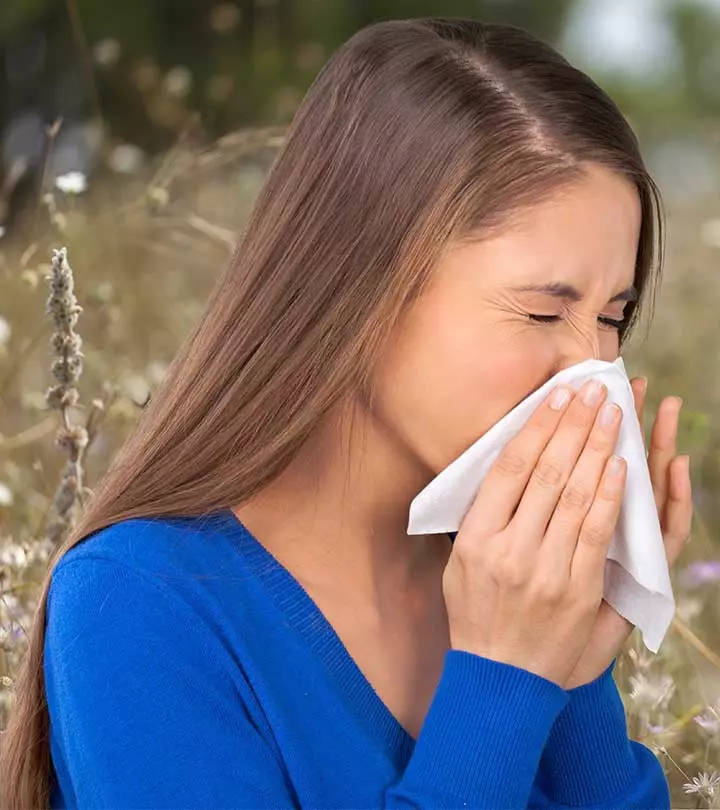




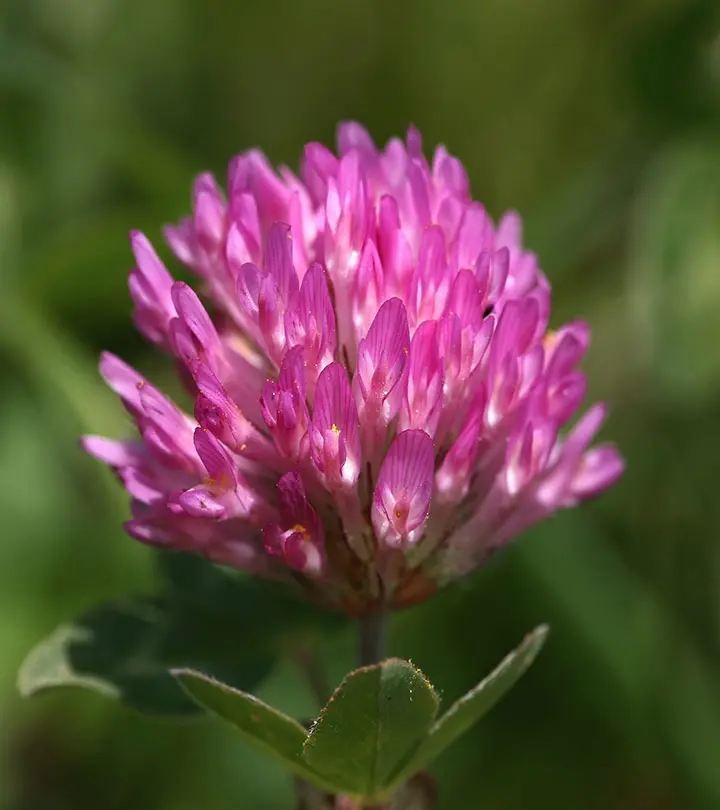
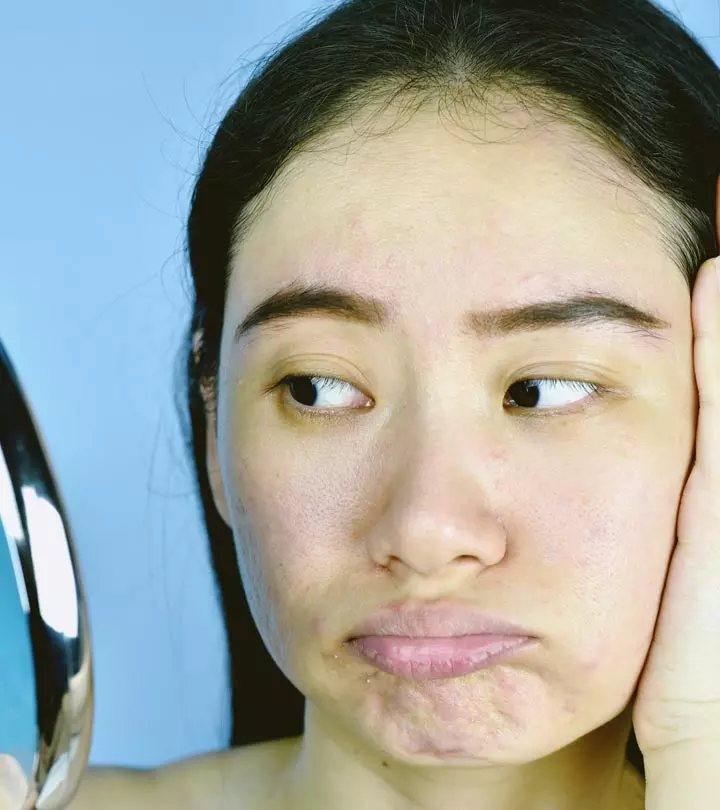
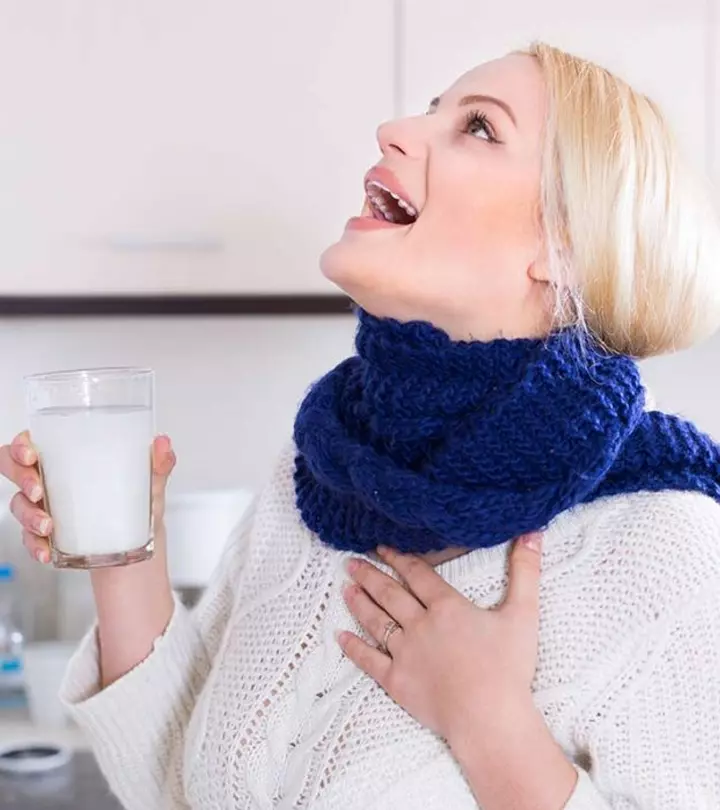



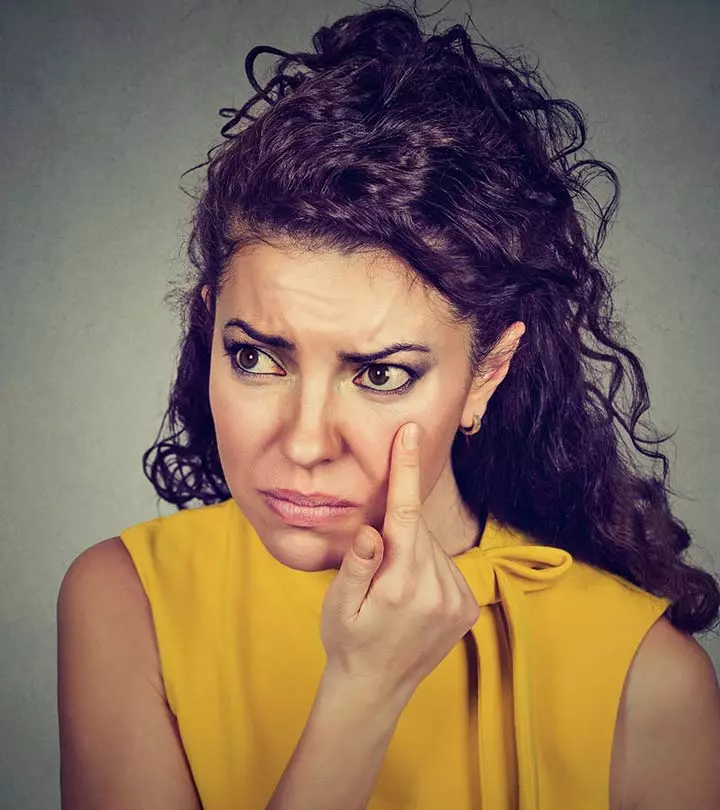







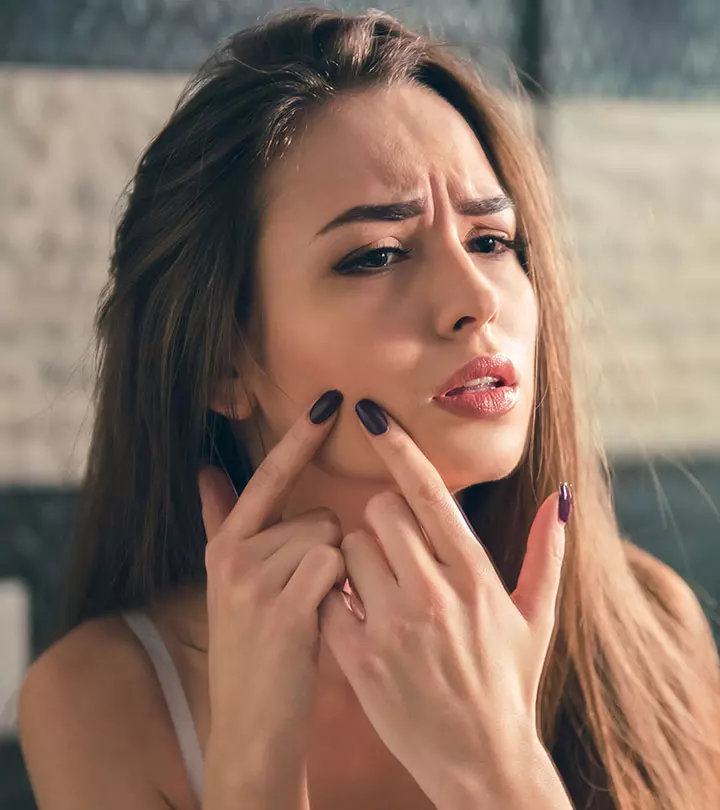

Community Experiences
Join the conversation and become a part of our empowering community! Share your stories, experiences, and insights to connect with other beauty, lifestyle, and health enthusiasts.